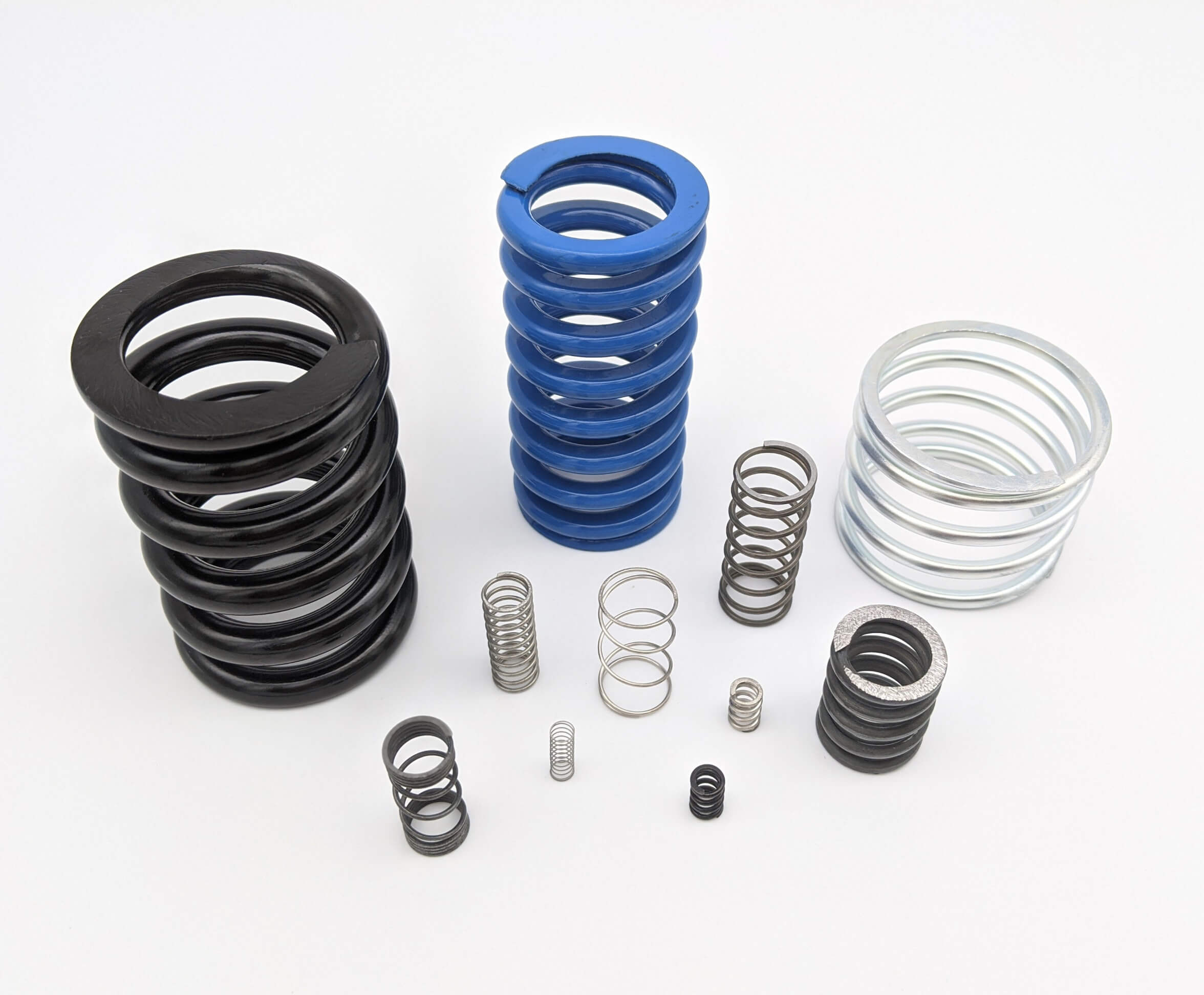Get unique, complex parts easily. No matter your requirements, Chaoyi Spring creates hard-to-produce coil springs and wire forms.
Let us help you create the custom wire form you need, from S-hooks and J-hooks to utility hooks and more.
We work closely with customers across a wide range of industries, helping them design and manufacture made-to-order parts.
Why choose Chaoyi Spring? We prioritize customer-focused collaboration, modern equipment and the latest technology to make your parts per print.
Find the information and guidance you need, from measuring a spring to learning about materials, placing an order and much more.
Have you ever wondered what makes a spring 'spring'? Why does a compressed spring bounce back to its original shape with such vigor? The answer lies in a fascinating concept:


Have you ever wondered what makes a spring 'spring'? Why does a compressed spring bounce back to its original shape with such vigor? The answer lies in a fascinating concept: stored energy. A compressed spring, seemingly a simple object, holds within it a reservoir of potential energy, ready to be unleashed. This energy, known as 'elastic potential energy,' is the key to understanding the spring's behavior and its diverse applications in our world.

Imagine a spring in its relaxed state, coiled loosely and seemingly devoid of power. But this is where the magic begins. When we compress the spring, we are forcing its coils closer together, working against the spring's inherent tendency to resist this change. This resistance is what makes the spring 'springy' – it wants to return to its original shape.
As we compress the spring, we are essentially storing energy within it. This is where the concept of 'potential energy' comes into play. Potential energy is energy stored by an object due to its position or configuration. In the case of a compressed spring, the energy stored is called 'elastic potential energy'. It is a form of mechanical energy that the spring possesses due to its deformation, ready to be released as kinetic energy.
Now, let's release the compressed spring. It snaps back to its original shape with a burst of energy, pushing or pulling anything connected to it. This energetic 'rebound' is the manifestation of the stored elastic potential energy being converted into kinetic energy – the energy of motion.
Think about a simple toy like a wind-up car. The spring inside the car is compressed by turning a key. When released, the stored potential energy is converted into kinetic energy, propelling the car forward. The same principle applies to more complex machines, from car suspension systems to the intricate mechanisms of clocks.
The amount of elastic potential energy stored in a spring is directly related to how much it is compressed or stretched. We can quantify this relationship using a simple formula:
Elastic Potential Energy (PE) = (1/2) * k * x^2
Where:
This formula tells us that the more we compress or stretch a spring, the more elastic potential energy it stores. A stiffer spring (with a higher spring constant) will store more energy for a given displacement compared to a less stiff spring.
Compressed springs are not just for toys; they play a crucial role in countless applications in our daily lives. Let's explore some examples:
While compressed springs are incredibly useful, they are not without their limitations. The amount of energy a spring can store depends on several factors, including the material it is made from, its size, and its design.
A spring's material plays a crucial role in its ability to store energy. A strong and elastic material, such as steel, can withstand significant compression or stretching without breaking. However, even the strongest materials have a limit. If a spring is compressed or stretched beyond its elastic limit, it will permanently deform or break, losing its ability to store and release energy effectively.
The size and design of a spring also influence its performance. A longer spring, for example, can store more energy for a given amount of compression compared to a shorter spring, as it has more space to stretch. Similarly, a spring with a larger cross-sectional area (thicker wires) can store more energy than a spring with a smaller cross-sectional area.
In conclusion, the seemingly simple act of compressing a spring unlocks a world of potential energy. From toy cars to complex machines, this hidden power is at work, driving motion and facilitating countless applications. Understanding how elastic potential energy is stored and released in compressed springs is essential for comprehending the workings of many technologies that shape our lives.
As we explore the world around us, it's fascinating to recognize the unseen forces at play, like the energy stored in a compressed spring, constantly shaping our experiences and driving the mechanisms that make our world work. By delving deeper into the science behind these seemingly simple objects, we unlock a greater appreciation for the intricate interplay of physics and innovation that surrounds us.
The next time you encounter a spring, whether it's in a toy, a car, or a clock, remember that it is not just a passive object. It holds a reservoir of energy, ready to be unleashed. This understanding provides a window into the fascinating world of potential energy and its countless applications in our daily lives.
Browse some of the custom wire forms and springs that we manufacture. Don’t see what you need? We specialize in made-to-order products that meet your application requirements.
Visit Our GalleryNeed a custom wire form or coil spring? We make it work. Fill out the contact form and a representative will respond within 1 business day. If you have a PDF or CAD file, you can submit to request a quote.